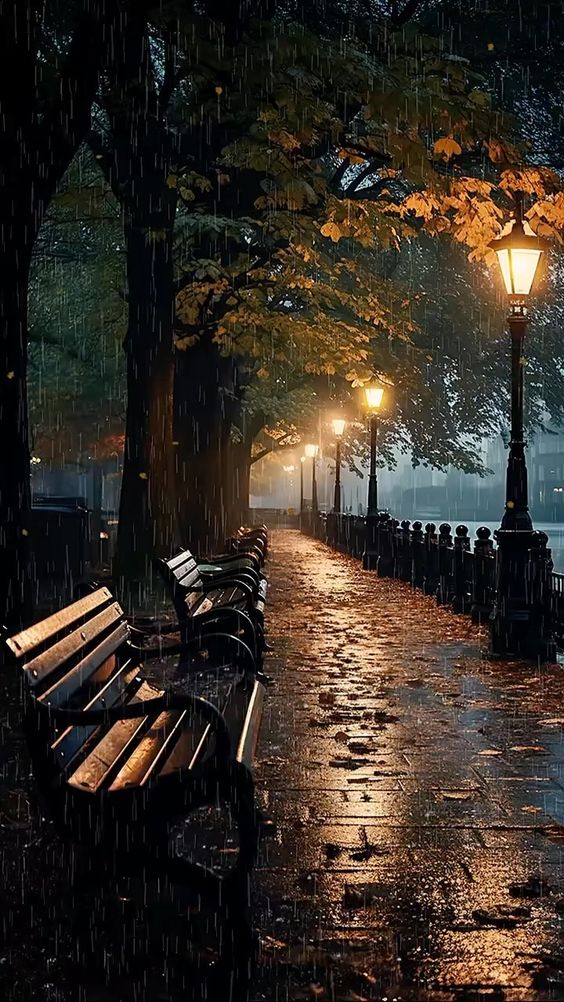Summer nights unveil a celestial spectacle that is both captivating and awe-inspiring. From the Milky Way to the moon and beyond, mastering the art of summer night photography requires a blend of skills, equipment, and a keen understanding of your surroundings. In this comprehensive guide, we’ll explore Mastering Summer Night Photography with Yvette Heiser for stunning results.

Essential Pieces of Equipment for Photographing Summer Nights
- Camera with Manual Mode and High ISO Range: Ensure your camera allows manual adjustments for exposure settings and possesses a high ISO range to navigate low-light conditions effectively.
- Wide-Angle Lens with Large Aperture: Invest in a lens that offers a wide field of view and a large aperture to capture more light and enhance image quality.
- Sturdy Tripod: A stable tripod is essential to eliminate camera shake during long exposures. Pair it with a remote shutter release or self-timer to prevent touching the camera during shots.
- Red Light Flashlight or Headlamp: A light source with a red light mode preserves night vision and minimizes disturbance to wildlife during setup.
Making the Right Decisions Regarding Location and Time
- Light Pollution Level: Avoid shooting near sources of light pollution, like cities or towns. Use apps like Dark Sky Finder to identify dark and remote locations with clear skies.
- Moon Phase and Position: Check the moon phase and position to prevent it from overpowering the stars or the Milky Way. Apps like PhotoPills provide information on the moon’s location for any date and location.
- Weather and Atmospheric Conditions: Monitor weather conditions for clear skies, low humidity, and minimal wind.
- Astronomical Events and Phenomena: Stay informed about upcoming events like meteor showers or eclipses using apps like SkySafari or Stellarium.
Making the Most of Your Summer Night Photos: Composing and Exposing
- The Rule of Thirds: It is possible to construct compositions that are balanced by using the rule of thirds. This is accomplished by aligning crucial parts along the grid lines or intersections.
- Elements in the Foreground: To give your photographs a sense of depth and intrigue, you must incorporate foreground features such as trees, rocks, or architectural buildings.
- Focus on the Manual: Manual focus is the best way to get sharp photographs when shooting in low-light circumstances. When using the live view option, zoom in on brilliant stars or the moon to achieve more precision.
- Exposure Triangle: If you want to acquire the appropriate exposure for your photographs, get familiar with the exposure triangle, which consists of the aperture, the shutter speed, and the ISO.
Conclusion
Mastering summer night photography is a gratifying journey that unveils the beauty of the night sky. Armed with the right gear, knowledge of shooting locations, and exposure techniques, you can capture breathtaking celestial wonders. Plan ahead, stay attuned to conditions, and above all, Check out Yvette Heiser Texas Enhance Your Photographic Skills with the Advice of Prominent Photographers to enjoy the magical experience of photographing the celestial canvas under the stars. Happy shooting!
